Both HBase and HDFS in one picture

Note:
Check the HDFS demons(Highlighted in green) like DataNode(collocated Region Servers) and NameNode in the cluster with have both HBase and Hadoop HDFS
HDFS is a distributed file system that is well suited for the storage of large files. which does not provide fast individual record lookups in files.
HBase, on the other hand, is built on top of HDFS and provides fast record lookups (and updates) for large tables. This can sometimes be a point of conceptual confusion. HBase internally puts your data in indexed "StoreFiles" that exist on HDFS for high-speed lookups.
How does this look like?
Well, At the infrastructure level, each salve machine in the cluster have following demons
- Region Server - HBase
- Data Node - HDFS

How is it fast with lookups?
HBase achieves fast lookups on HDFS(sometimes other distributed file systems also) as underlying storage, using the following data model
Table
- An HBase table consists of multiple rows.
Row
- A row in HBase consists of a row key and one or more columns with values associated with them. Rows are sorted alphabetically by the row key as they are stored. For this reason, the design of the row key is very important. The goal is to store data in such a way that related rows are near each other. A common row key pattern is a website domain. If your row keys are domains, you should probably store them in reverse (org.apache.www, org.apache.mail, org.apache.jira). This way, all of the Apache domains are near each other in the table, rather than being spread out based on the first letter of the subdomain.
Column
- A column in HBase consists of a column family and a column qualifier, which are delimited by a : (colon) character.
Column Family
- Column families physically colocate a set of columns and their values, often for performance reasons. Each column family has a set of storage properties, such as whether its values should be cached in memory, how its data is compressed or its row keys are encoded, and others. Each row in a table has the same column families, though a given row might not store anything in a given column family.
Column Qualifier
- A column qualifier is added to a column family to provide the index for a given piece of data. Given a column family content, a column qualifier might be content:html and another might be content:pdf. Though column families are fixed at table creation, column qualifiers are mutable and may differ greatly between rows.
Cell
- A cell is a combination of the row, column family, and column qualifier, and contains a value and a timestamp, which represents the value’s version.
Timestamp
- A timestamp is written alongside each value and is the identifier for a given version of a value. By default, the timestamp represents the time on the RegionServer when the data was written, but you can specify a different timestamp value when you put data into the cell.
Client read request flow:

What is the meta table in the above picture?

After all the information, HBase read flow is for lookup touches these entities
- First, the scanner looks for the Row cells in the Block cache - the read-cache. Recently Read Key Values are cached here, and Least Recently Used are evicted when memory is needed.
- Next, the scanner looks in the MemStore, the write cache in memory containing the most recent writes.
- If the scanner does not find all of the row cells in the MemStore and Block Cache, then HBase will use the Block Cache indexes and bloom filters to load HFiles into memory, which may contain the target row cells.
sources and more information:
- HBase data model
- HBase architecute



